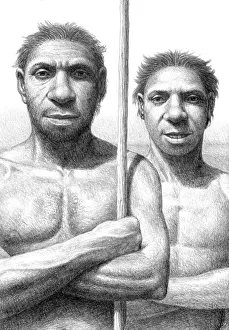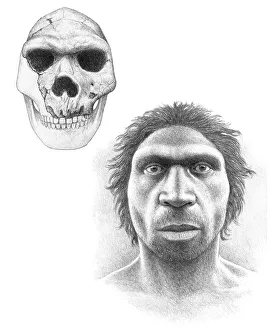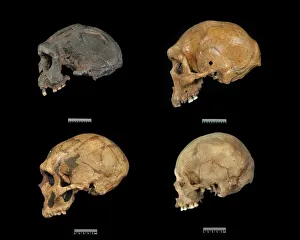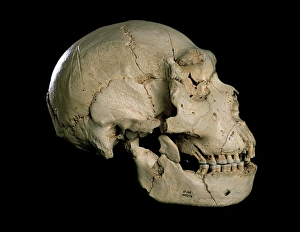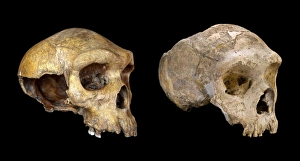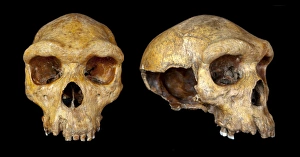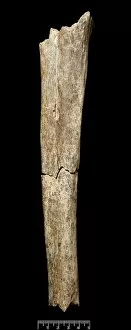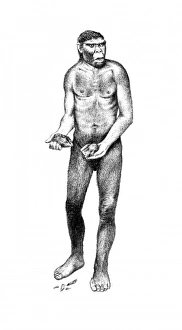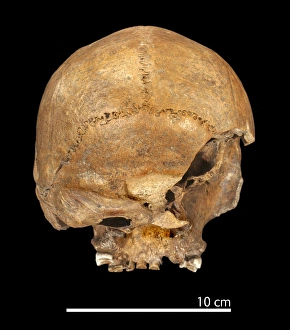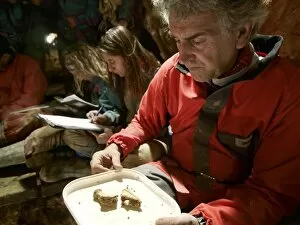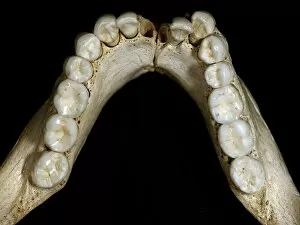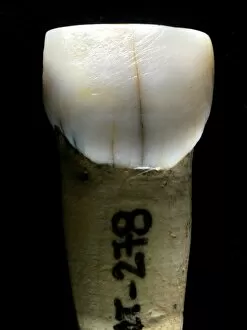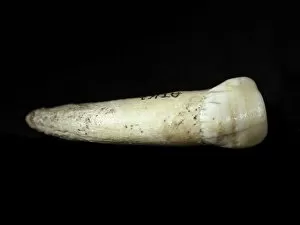Homo Heidelbergensis Collection
"Homo heidelbergensis: Unraveling the Enigmatic Past" Step back in time and witness Homo heidelbergensis in action, a species that once roamed the Earth
All Professionally Made to Order for Quick Shipping
"Homo heidelbergensis: Unraveling the Enigmatic Past" Step back in time and witness Homo heidelbergensis in action, a species that once roamed the Earth. Delve into their world as we explore their fascinating skull and face, represented by specimens such as Homo sp. Skulls C016 / 5933 and the renowned Broken Hill skull. Known also as Broken Hill Man, Homo heidelbergensis holds a significant place in our understanding of human evolution. This robust ancestor shared an intriguing connection with Homo neanderthalensis, showcasing similarities yet distinct differences. Marvel at the intricacies of their cranial structure through specimens like Cranium 5 (C015 / 6921), offering valuable insights into their physical characteristics. These remnants provide glimpses into the lives of this ancient family, immortalized through captivating artwork. As we piece together fragments from history's puzzle, Homo heidelbergensis remains an enigma waiting to be fully understood. Their existence serves as a testament to our ever-evolving journey towards comprehending our origins and unlocking secrets buried deep within time's embrace. Join us on this remarkable voyage where science meets speculation; let us unravel the mysteries surrounding Homo heidelbergensis – Broken Hill Man – who left behind imprints that continue to shape our perception of humanity's past.

